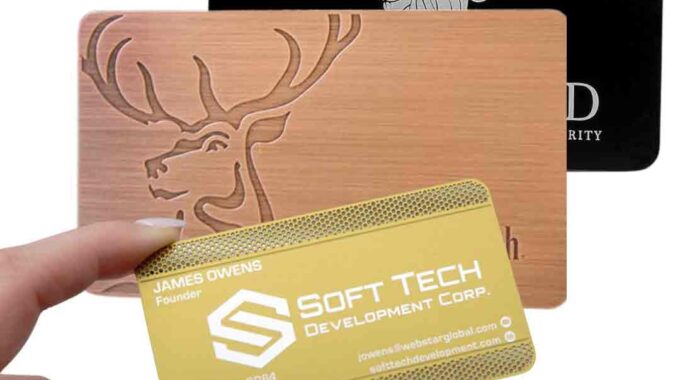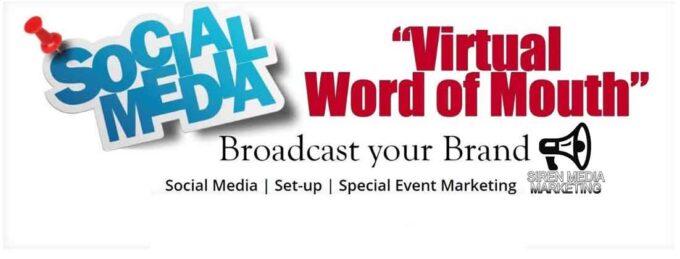The Evolution of Business Cards
A Glimpse into History: The Evolution of Business Cards
business cards may seem like a relic of the past in today’s digital age, but their history is a testament to the enduring importance of personal connections in the business world.
From their humble origins to their continued relevance, let’s take a journey through time and explore the fascinating history of business cards.
The Birth of the Calling Card (15th Century)
The precursor to the modern business card was the calling card, which dates back to 15th-century Asia. These cards, known as “meishi,” were used by individuals to announce their arrival or request an audience with an important person. Initially, calling cards were plain and simple, bearing only the visitor’s name. However, they soon became an art form, with intricate designs and decorative elements denoting social status.
The French Influence (17th Century)
The tradition of using calling cards spread to Europe, particularly to France, in the 17th century. French nobility adopted these cards, known as “carte de visite,” as a means of formal introduction. These cards featured ornate designs and were essential for social gatherings, allowing individuals to network and establish connections in the aristocratic circles.
Business Meets Cards (19th Century)
The Industrial Revolution of the 19th century brought significant changes to the world of business, and it had a profound impact on the evolution of business cards. As trade and commerce expanded, entrepreneurs realized the need for a compact and efficient way to exchange contact information. The calling card, now known as the business card, started to include additional details such as job titles and addresses.
The Golden Age of Business Cards (Late 19th to Early 20th Century)
During this period, business cards underwent a transformation. Advances in printing technology allowed for more sophisticated designs and the use of various typefaces. Elaborate illustrations and typography became popular, reflecting the aesthetic tastes of the time. These business cards were not only tools for networking but also status symbols, reflecting the prosperity and social standing of their owners.
The Modernization of Business Cards (20th Century)
The 20th century brought further changes to business cards. They became more utilitarian and standardized, with a focus on clarity and simplicity. Information such as name, company, job title, and contact details were presented in a clear and concise format. The standard size of 3.5 x 2 inches, which is still in use today, was established in the United States.
Digital Revolution and the Business Card (Late 20th Century)
As the digital age dawned, many predicted the demise of the business card, with electronic alternatives such as email and social media gaining prominence. However, the business card adapted to the new landscape. Cards began to incorporate QR codes and website links, allowing for easy digital connections. In fact, the digital revolution brought a resurgence in the importance of physical business cards, as they offered a tangible and personal touch in an increasingly digital world.
The Role of Design and Personal Branding (21st Century)
In the 21st century, business cards have become a powerful tool for personal branding. Creative and memorable designs are used to make a lasting impression. Embossed textures, metallic accents, and unique shapes set individuals and businesses apart. The content on business cards has expanded to include social media handles, personal slogans, and even brand stories.
Sustainability and Eco-Friendly Business Cards
In recent years, the environmental impact of business cards has gained attention. Many businesses now opt for eco-friendly materials and printing processes. Recycled paper and soy-based inks have become popular choices, aligning with the growing emphasis on sustainability and corporate social responsibility.
The Future of Business Cards
As we look to the future, it’s clear that business cards will continue to evolve. With the rise of augmented reality and digital innovations, business cards may incorporate interactive elements, linking directly to personalized video introductions or virtual business presentations. However, the enduring appeal of the tangible, physical card suggests that it will remain a key tool for making connections and leaving a memorable impression in the business world.
In conclusion, the history of business cards is a testament to their adaptability and their enduring relevance.
From their origins as calling cards in ancient Asia to their modern incarnation as powerful tools for personal branding, business cards have stood the test of time. They have evolved alongside changes in technology, culture, and business practices, proving that even in the digital age, there’s no substitute for a well-designed, memorable business card.
So, the next time you hand out your business card, remember that you’re participating in a tradition that spans centuries, and you’re carrying on the legacy of those who recognized the power of personal connections in the business world.




